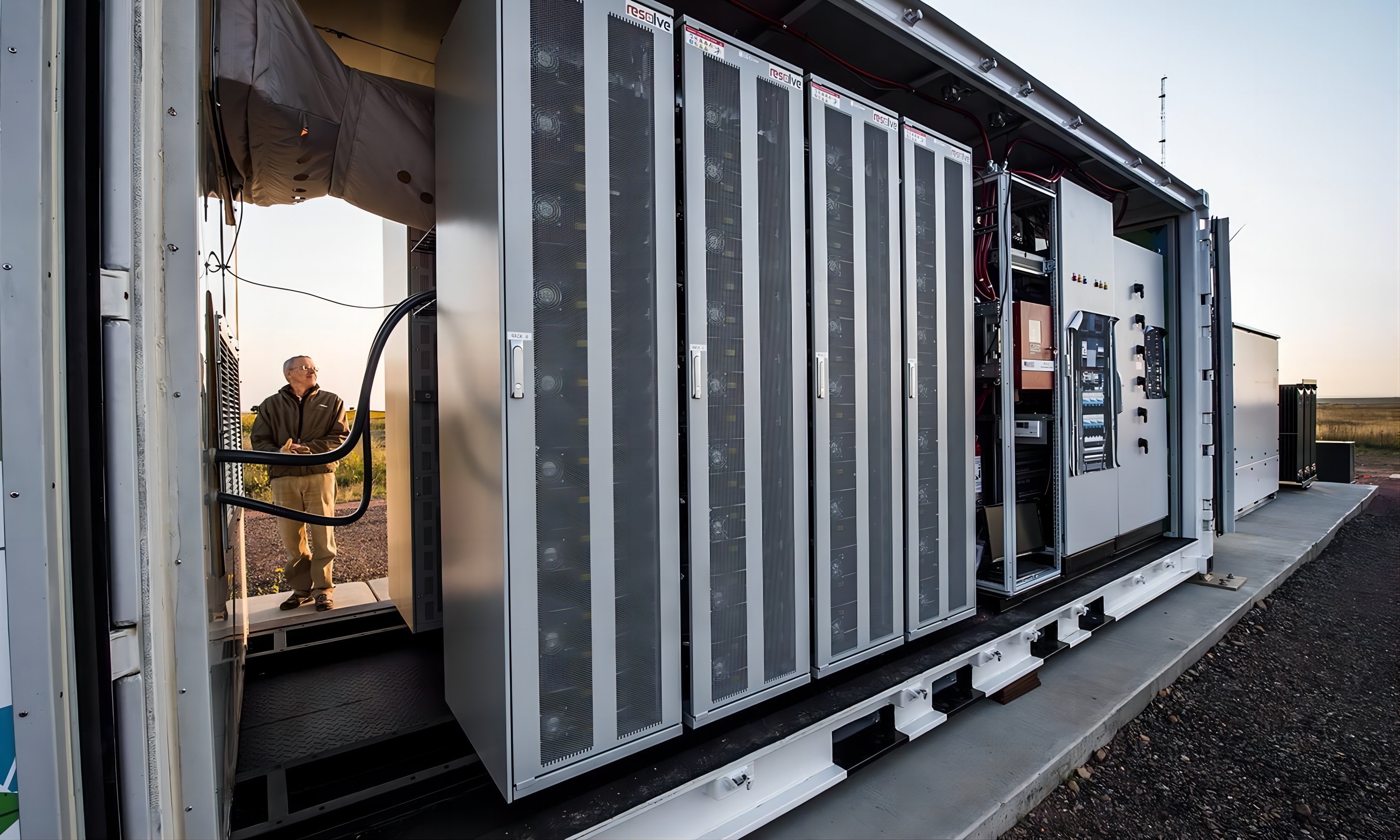What is a battery energy storage system?
Author : jianlei feng | Published On : 26 Dec 2023
 A Battery Energy Storage System (BESS) is a technology that stores electrical energy in the form of chemical energy within batteries for later use. BESSs play a crucial role in modern energy systems by addressing the intermittent nature of renewable energy sources, providing grid stability, and enhancing overall energy reliability. Here are the key components and functions of a Battery Energy Storage System:
A Battery Energy Storage System (BESS) is a technology that stores electrical energy in the form of chemical energy within batteries for later use. BESSs play a crucial role in modern energy systems by addressing the intermittent nature of renewable energy sources, providing grid stability, and enhancing overall energy reliability. Here are the key components and functions of a Battery Energy Storage System:
Battery Cells: The fundamental building blocks of a BESS are the individual battery cells. These cells contain electrochemical components that facilitate the conversion between electrical energy and chemical energy. Common types of batteries used in energy storage systems include lithium-ion, lead-acid, and flow batteries.
Battery Management System (BMS): The BMS is a crucial component that monitors and manages the operation of the battery cells. It ensures that the cells operate within safe voltage and temperature ranges, optimizes charging and discharging, and prevents issues such as overcharging or overheating.
Inverter System: BESSs typically include an inverter system, which converts the direct current (DC) stored in the batteries into alternating current (AC) for use in the electrical grid or for powering connected loads. In some cases, BESSs may also include a bidirectional inverter, allowing energy to flow in both directions between the batteries and the grid.
Energy Management System (EMS): The EMS is responsible for optimizing the operation of the BESS. It considers factors such as electricity prices, demand patterns, and grid conditions to determine when to charge or discharge the batteries. This optimization helps maximize the economic and operational benefits of the energy storage system.
Cooling and Thermal Management: Maintaining an optimal temperature is critical for the performance and longevity of batteries. BESSs often incorporate cooling and thermal management systems to regulate the temperature within the battery system and prevent overheating.
Enclosure and Safety Systems: BESSs are housed in enclosures designed to protect the equipment and ensure safety. Safety systems may include features such as fire suppression systems, ventilation, and other measures to mitigate potential risks associated with battery storage.
Grid Connection: BESSs are connected to the electrical grid, allowing them to interact with the grid in response to changing demand or supply conditions. They can provide services such as frequency regulation, peak shaving, and grid support, contributing to grid stability and reliability.
Battery Energy Storage Systems are deployed in a variety of applications, including supporting renewable energy integration, providing backup power during outages, and offering grid services to enhance the overall efficiency and resilience of the electrical grid. The technology continues to evolve, with ongoing research and development focused on improving performance, reducing costs, and expanding the range of applications for energy storage systems.
